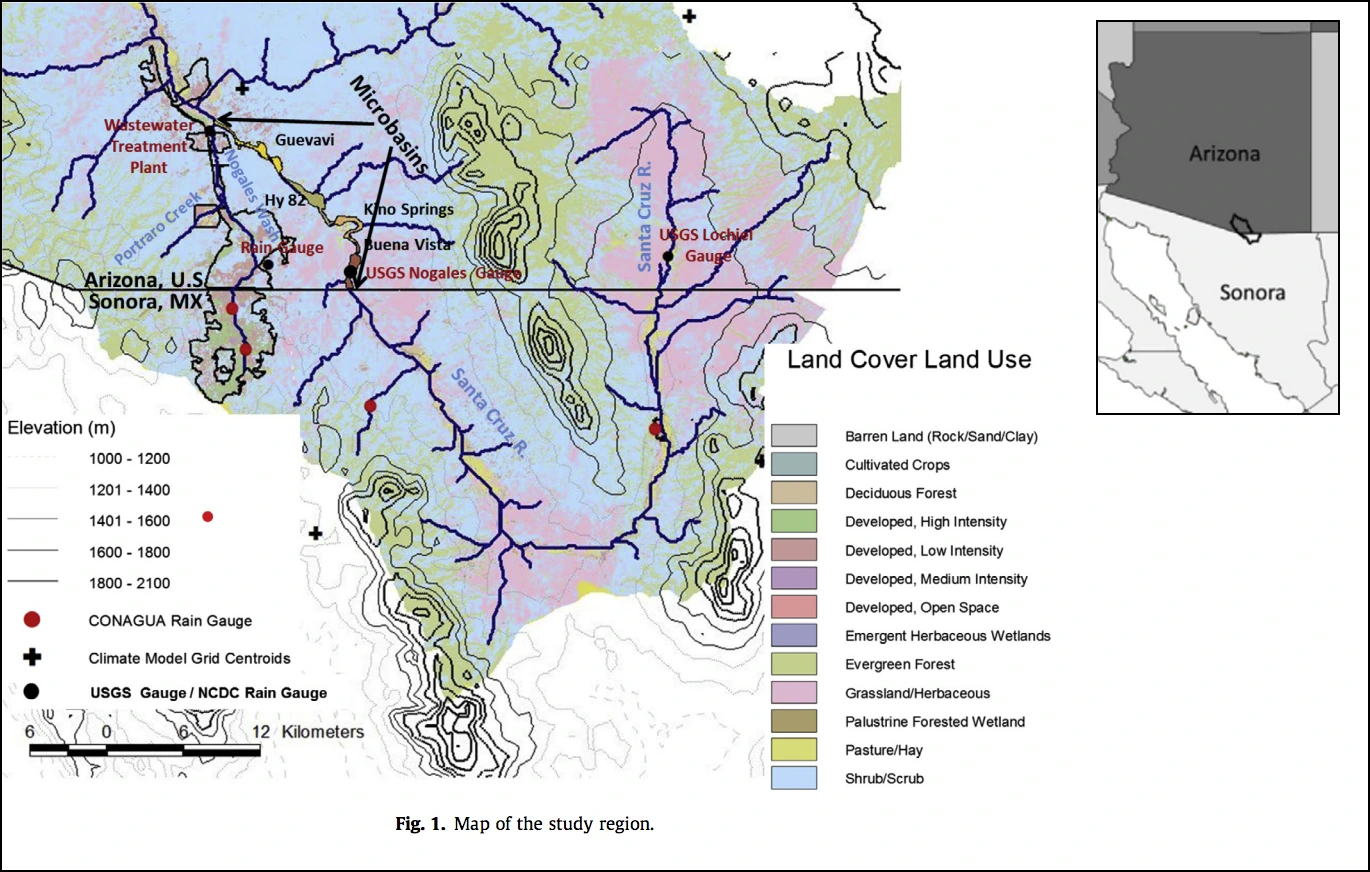
Episodic streamflow events in the Upper Santa Cruz River recharge a shallow alluvial aquifer that is an essential water resource for the surrounding communities. The complex natural variability of the rainfall-driven streamflow events introduces a water resources management challenge for the region. In this study, we assessed the impact of projected climate change on regional water resources management. We analyzed climate change projections of precipitation for the Upper Santa Cruz River from eight dynamically downscaled Global Circulation Models (GCMs). Our analysis indicates an increase (decrease) in the frequency of occurrence of dry (wet) summers. The winter rainfall projections indicate an increased frequency of both dry and wet winter seasons, which implies lower chance for medium-precipitation winters. The climate analysis results were also compared with resampled coarse GCMs and bias adjusted and statistically downscaled CMIP3 and CMIP5 projections readily available for the contiguous U.S. The impact of the projected climatic change was assessed through a water resources management case study. The hydrologic framework utilized includes a rainfall generator of likely scenarios and a series of hydrologic models that estimate the groundwater recharge and the change in groundwater storage. We conclude that climatic change projections increase the uncertainty and further exacerbate the already complicated water resources management task. The ability to attain an annual water supply goal, the accrued annual water deficit and the potential for replenishment of the aquifer depend considerably on the selected management regime.

